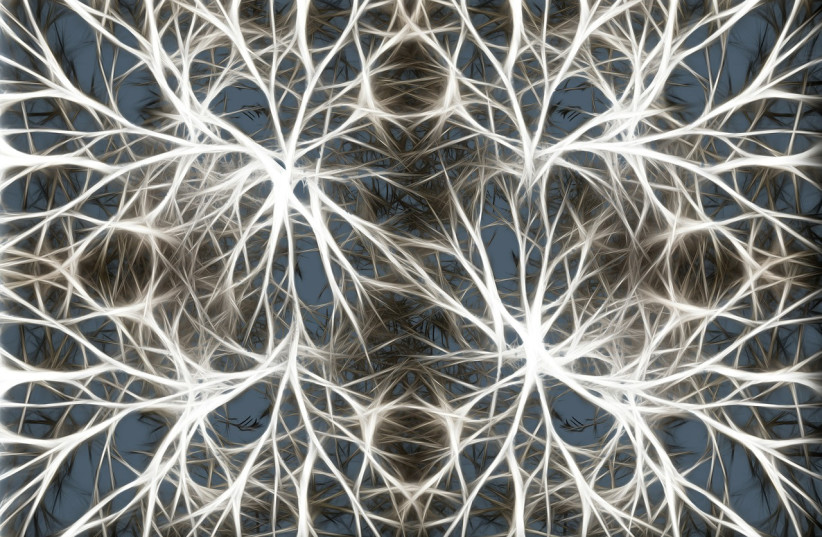People are constantly trying to understand each other's experiences, but it is very difficult thing to do. Now, researchers from Ben-Gurion University of the Negev and the Academic College of Tel Aviv-Jaffa have developed a framework to compare subjective experiences and reveal the brain activity responsible for them, BGU said on Wednesday.
BGU brain imaging expert Dr. Moti Salti and cognitive specialist Dr. Dafna Bergerbest of the Academic College published their framework in the peer-reviewed journal Perspectives on Psychological Science in July.
People use different attributes of the physical world to build their subjective experience of it. This experience is called qualia, BGU said.
In the study, the researchers explained that qualia is underlined by an 'idiosyncrasy principle' and that it depends on an "idiosyncratic composition of physical properties: the individual transfer function between the world and its mental representation."
The process of transferring these attributes of the world to the individual experience is highly difficult to map, however, because we do not have objective criteria for the subjective experience, the study said.

Salti and Bergerbest recommended focusing on numerosity, the subjective experience of quantity in order to identify objective criteria, proposing a research plan that enables the mapping of individual transfer-functions at both the behavioral and neuronal levels.
Remarks by the researchers
"We aim at revealing and quantifying all the parameters that underlie this subjective experience. Once we delineate these individual transfer-functions, we can compare one to the other."
Dr. Moti Salti, Ben-Gurion University of the Negev
"If you throw 20 beans on a table and ask two people to tell you how many there are, one might tell you 22 and the other 18," Salti said. "We aim at revealing and quantifying all the parameters that underlie this subjective experience. Once we delineate these individual transfer-functions, we can compare one to the other."
The researchers aim to create a map of the brain showing how it processes subjective experiences and provide objective criteria by which to compare these experiences.
"Researchers studying consciousness should consider an additional path," the study said. "Rather than describing the redness of red, we suggest starting with the "seventhness" of seven."
